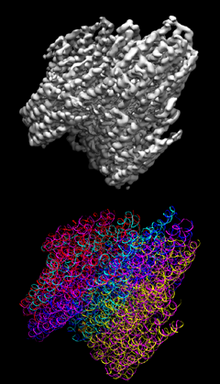SUP = stand-up paddling - or as I did it last Saturday when I learned it: SUBP: super uncoordinated board pushing. It's quite a challenge to get a board as the size of a surfboard into the water when the waves push you back all the time. Once you're out there it's fantastic! The idea is to stand on a board with a long paddle and just bob up and down.
SUPs at the "excursion park" (the Excursion Club teaches SUP/kayaking/surfing/... and has all kind of equipments to rent for members - it's all free after 60$/year membership fee).
Standing up for the first time is hard, but getting on your knees is way easier. The paddling is non-trivial as well since you should not move your arms a lot, but your body to transfer force from you to the board. Every time I made a stroke, my board turned a bit into the other direction; but I think I'll just practice. Especially the sunset and sun rise seem to be made for SUPping!












